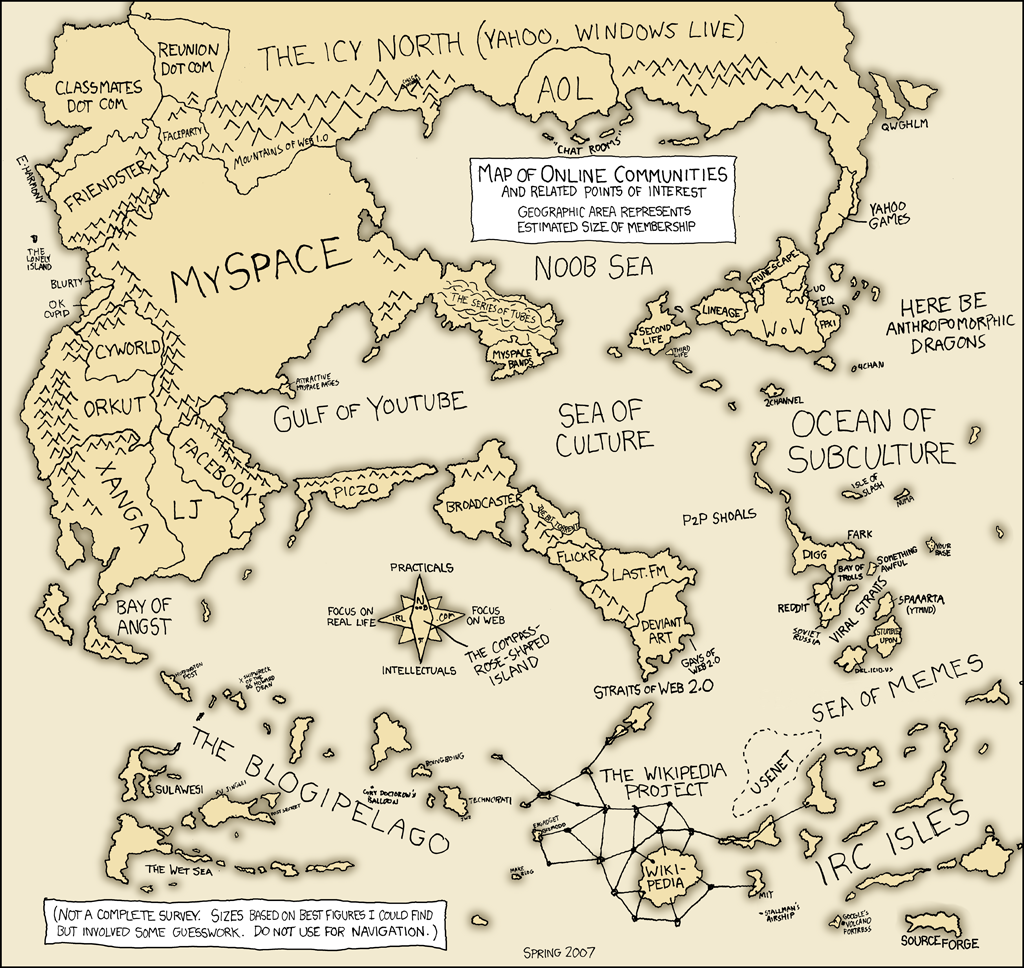So this morning as I was rehearsing in my head my presentation on Web 2.0 I had this vision of the future of corporate learning and how it becomes unbounded by prior training constructs. (pardon me if this is poorly written and I misuse the English language, I am trying to record this before I forget it.)
In the corporate learning environment of my vision. All employees, as soon as they join the company are given a "
personal learning environment" similar to the personalized google home page or a
netvibes page. This page becomes the locus of all their learning. This learning environment can present streaming video, podcasts, elearning, and job aids.
It will come prepopulated with welcoming video explaining how to use the page and providing them an overview of the company. The page itself will have a sidebar that can be alternately hidden and displayed which provides a link to the company's learning library. All video, audio, elearning, etc. can be found there. It also provides a portal to registering for "formal" training that is tracked by the company's LMS.
The LMS will function only as a registrant and as an assesor; all learning content will be housed on a separate server that can be accessed at any time without prior registration. The employee will be able to customize his or her PLE anyway they wish by dragging and dropping video, audio, whatever on to their page. Like
Netvibes or
Google, they can have multiple tabs on their PLE to divy up content.
Their manager will be responsible for populating a portion of the PLE by assigning mentors and or subject matter experts that the employee can pose questions to about their job responsibilities. The assignments will include email, telephone numbers, and IM addresses for these individuals.
The PLE will also be prepopulated with initial formal training sessions that the new employee must complete. These training sessions may be instructor-led or web-based. Instructor-led courses will involve streaming two-way video and/or audio with white-board sessions where employees can be broken up into teams to interact with one another. Instructor-led training will be short bursts with workgroups interacting with the material.
Individual web-based learning elements will be no longer than 15 minutes with a preferred length of 5 to 10 minutes. Each element will focus on one, narrowly defined topic. It will be augmented with independent podcasts, videocasts, scripts, and jobaids.
The learner will be encouraged to either save these items in their PLE or merely "
tag" them for future reference. Again, all of these items would be independent of the LMS, either residing in an LCMS or a network server. All of these elements could be accessed at any time without any additional registration.
Formal learning would be provided through a course map that would designate times for presentations, completions dates, and elements to be reviewed. If
Sir Tim Berner-Lee's vision of a
semantic web comes true. When the learner is registered for a formal training. The LMS would then add the training schedule to both the learner's calendar and his or her boss's. The learner would be reminded of due dates and upcoming learning events such as a videocast so that they could reserve time. The network would also automatically send out notices to emailers, phone callers and IMers.
that the learner is unavailable at this time because of training commitments.
I will reserve my thoughts for Wikis and blogs for another posting.



